Discovering the History and Beauty of Tiritiri Matangi Lighthouse
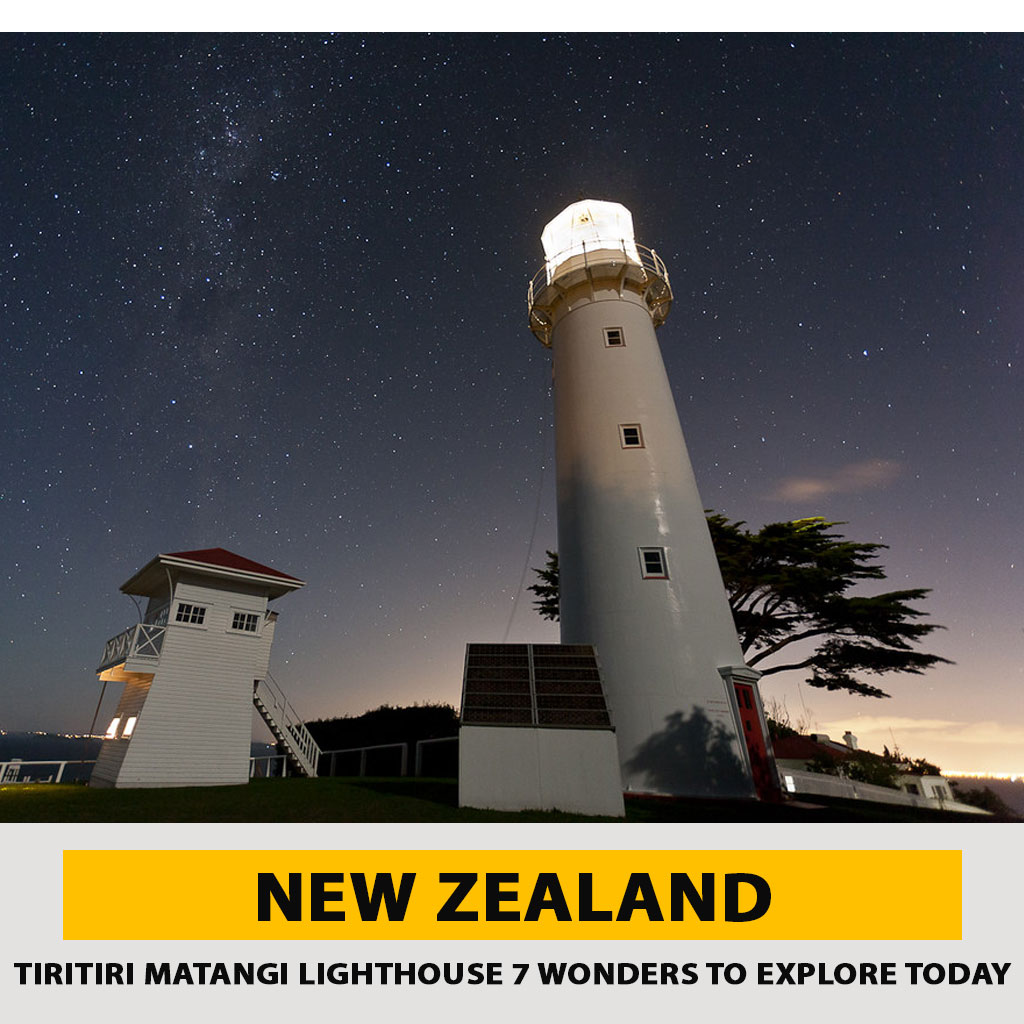
Tiritiri Matangi Lighthouse is one of New Zealand’s oldest and most iconic lighthouses. Situated on Tiritiri Matangi Island, it stands as a beacon of maritime history and a symbol of the nation’s commitment to preserving its natural heritage. This comprehensive guide will take you through the fascinating history, stunning natural surroundings, and practical tips for visiting this remarkable lighthouse.
The Historical Significance of Tiritiri Matangi Lighthouse
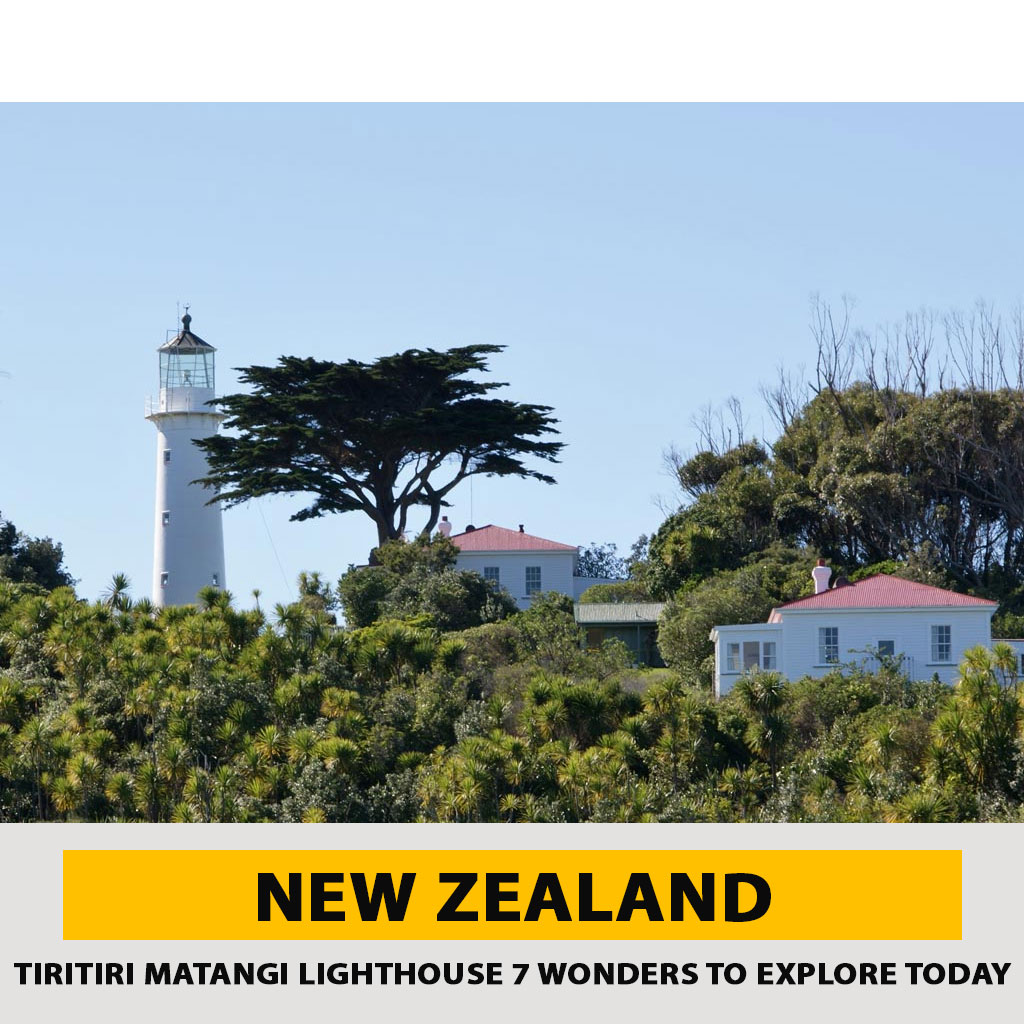
Early Beginnings
Tiritiri Matangi Lighthouse was first lit on January 1, 1865. It was built to guide ships safely into the Hauraki Gulf and Auckland Harbour, a vital route for maritime trade and transportation. The lighthouse was constructed using prefabricated cast iron sections, which were shipped from England and assembled on the island. This method of construction was innovative for its time and allowed for rapid assembly in remote locations.
Architectural Design
The lighthouse stands 21 meters tall and was originally equipped with a fixed white light, which was later replaced with a rotating light to improve visibility. The design of Tiritiri Matangi Lighthouse reflects the engineering capabilities of the mid-19th century and has remained largely unchanged, preserving its historical integrity.
Technological Advancements
Over the years, Tiritiri Matangi Lighthouse has undergone several technological upgrades. Initially powered by oil lamps, it transitioned to kerosene in the late 19th century and then to electricity in 1925. In 1984, the lighthouse was automated, eliminating the need for a permanent lighthouse keeper. Despite these changes, the lighthouse continues to operate, serving as a crucial navigational aid for vessels in the region.
Exploring Tiritiri Matangi Island
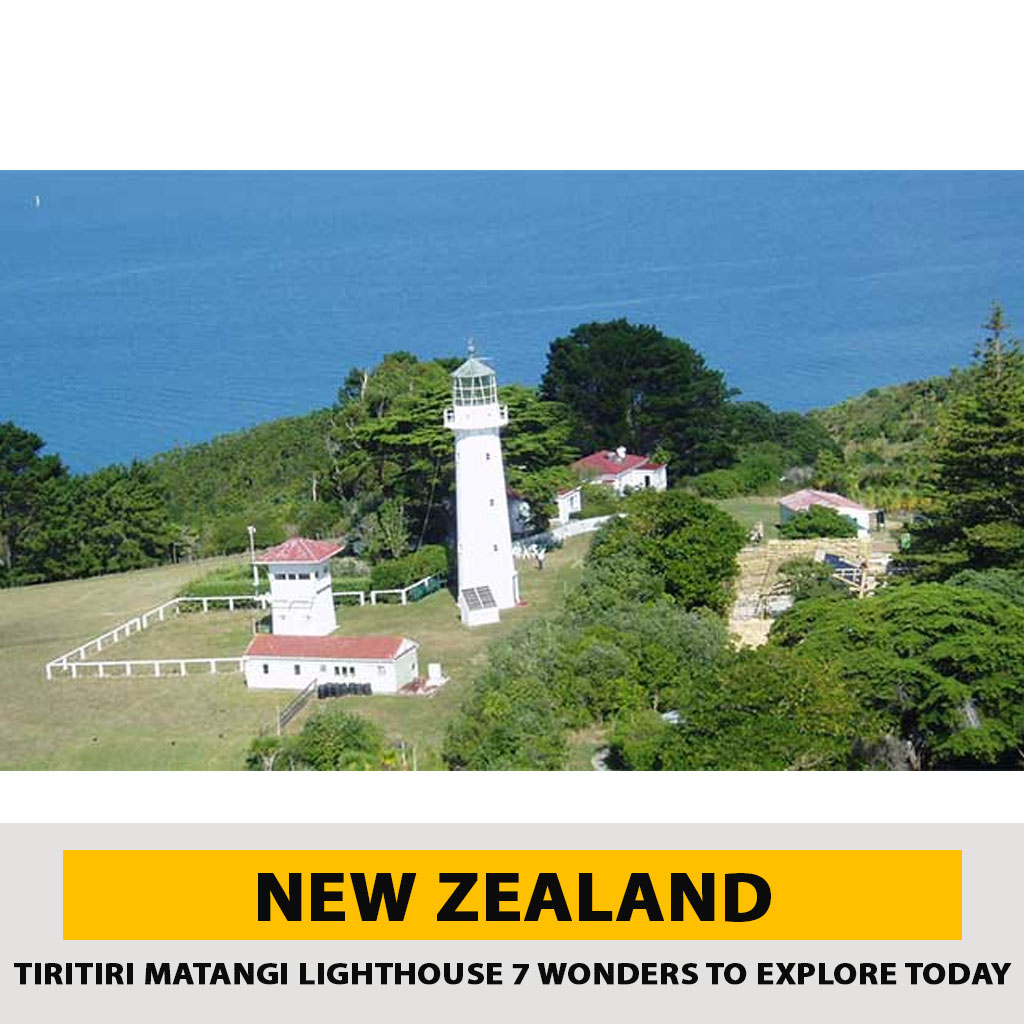
Step 1: Planning Your Visit
Before embarking on your journey to Tiritiri Matangi Lighthouse, it’s essential to plan your trip. The island is located in the Hauraki Gulf, about 30 kilometers northeast of Auckland. The best way to reach the island is by ferry, which departs regularly from downtown Auckland and Gulf Harbour.
Step 2: Check Accessibility
Tiritiri Matangi Island is managed by the Department of Conservation (DOC), and visitor numbers are limited to protect the island’s ecosystem. It is advisable to book your ferry tickets and obtain any necessary permits in advance. The island has well-maintained walking tracks, but be prepared for some uneven terrain.
Step 3: What to Bring
Pack appropriately for your visit. Bring comfortable walking shoes, a hat, sunscreen, and plenty of water. A camera and binoculars are also recommended to capture the island’s stunning scenery and wildlife. Since there are no shops on the island, bring your own food and drinks for the day.
Step 4: Learn About the History
Enhance your visit by learning about the history of Tiritiri Matangi Lighthouse and the island’s conservation efforts. Informational plaques are located around the lighthouse, and guided tours are available through the Supporters of Tiritiri Matangi. These tours provide valuable insights into the lighthouse’s history and the island’s unique ecosystem.
The Natural Beauty of Tiritiri Matangi Island
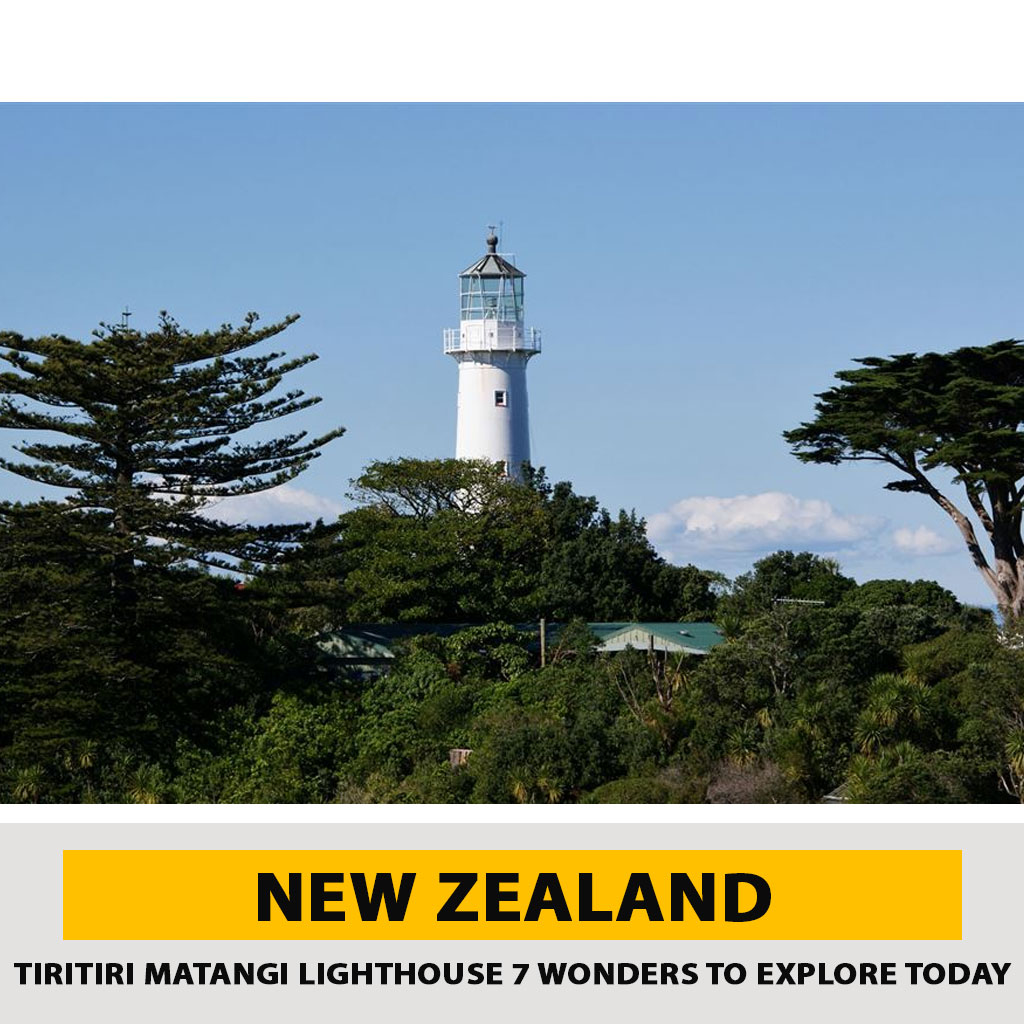
Flora and Fauna
Tiritiri Matangi Island is a conservation success story. Once farmland, the island has been transformed into an open sanctuary, home to some of New Zealand’s rarest and most endangered species. As you explore the island, you’ll encounter a diverse range of native plants and birds, including the takahe, saddleback, and little spotted kiwi.
Scenic Views
The island offers breathtaking views of the Hauraki Gulf and surrounding islands. From the top of the lighthouse, you can enjoy panoramic vistas that stretch out to the Auckland skyline and beyond. The combination of lush greenery, sparkling blue waters, and the historic lighthouse creates a picture-perfect setting.
Walking Tracks
Several walking tracks traverse the island, catering to different fitness levels and interests. The Wattle Track is popular for bird watching, while the Kawerau Track offers a more challenging hike through the heart of the island. All tracks are well-signposted, making it easy to navigate and explore at your own pace.
Real-Life Anecdotes: Stories from Tiritiri Matangi Lighthouse
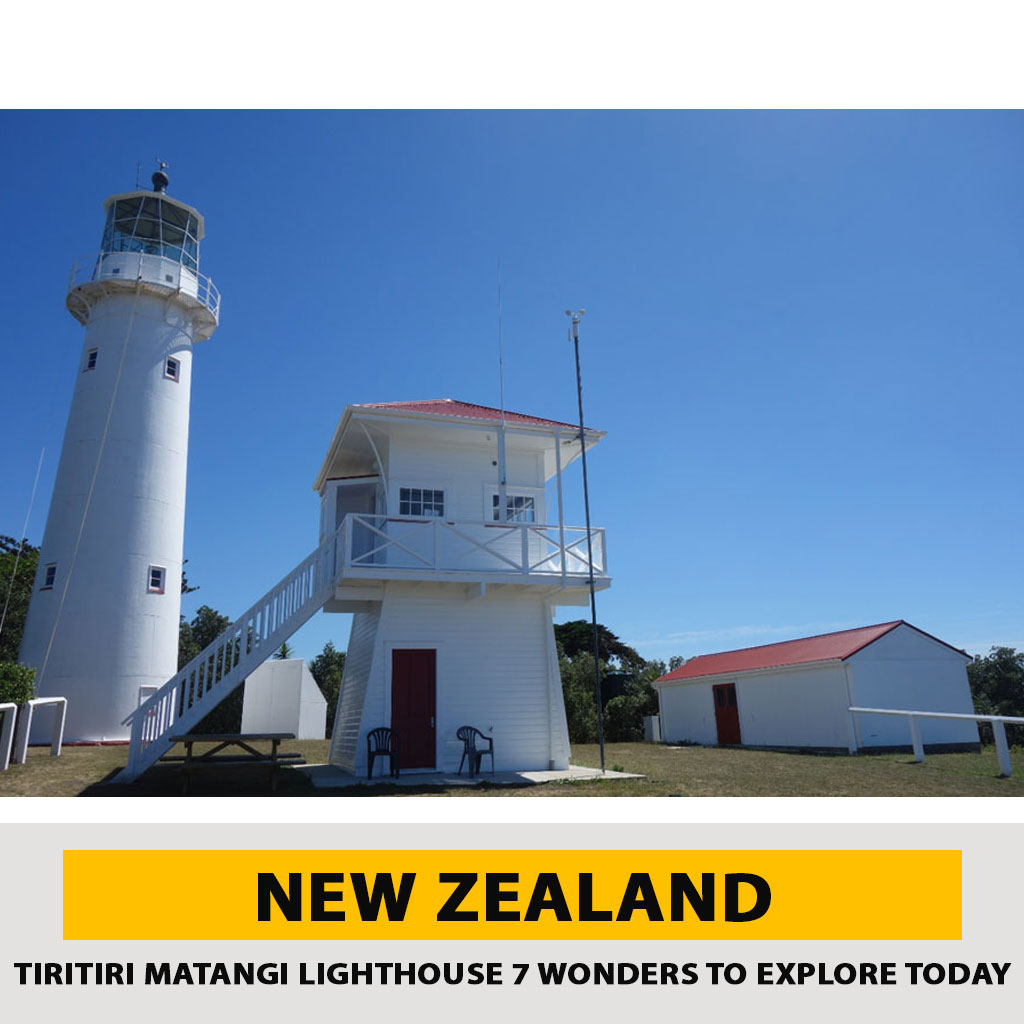
The Keeper’s Legacy
One of the most notable keepers of Tiritiri Matangi Lighthouse was James William McKenzie, who served from 1908 to 1923. McKenzie was known for his dedication to maintaining the lighthouse and his role in local rescue operations. His family lived on the island, and his children often helped with lighthouse duties. Stories of their life on the island provide a glimpse into the challenges and rewards of being a lighthouse keeper in the early 20th century.
The Conservation Heroes
In the 1980s, a group of dedicated volunteers, known as the Supporters of Tiritiri Matangi, began the ambitious project of reforesting the island and reintroducing native species. Their efforts have transformed the island into a thriving sanctuary and a model for conservation projects worldwide. The success of these conservation heroes is evident in the flourishing ecosystem and the abundance of native wildlife on the island today.
Practical Tips for Visiting Tiritiri Matangi Lighthouse

Guided Tours
Joining a guided tour is an excellent way to learn more about the history and ecology of Tiritiri Matangi Island. Knowledgeable guides share fascinating stories and point out notable sights, making your visit even more enriching. Tours can be booked in advance through the Supporters of Tiritiri Matangi.
Respect the Environment
Tiritiri Matangi Island is a protected sanctuary, so it’s important to respect the environment. Stay on marked paths, do not disturb wildlife, and take all rubbish with you. By following these guidelines, you help preserve the island for future generations.
Photography and Bird Watching
Bring a good camera and binoculars to fully appreciate the island’s beauty and wildlife. The island is a haven for bird watchers, with many rare species easily visible from the walking tracks. Remember to be patient and quiet to avoid startling the birds.
Conclusion: Experience the Magic of Tiritiri Matangi Lighthouse

Tiritiri Matangi Lighthouse is not just a navigational aid; it’s a symbol of New Zealand’s maritime history and a testament to successful conservation efforts. A visit to the lighthouse and the island offers a unique blend of history, nature, and adventure.
From its early beginnings guiding ships to its current role as a conservation beacon, Tiritiri Matangi Lighthouse stands as a reminder of the enduring relationship between humans and nature. Plan your visit today and discover the magic of this iconic landmark.
Embark on your journey to Tiritiri Matangi Lighthouse with confidence, knowing you’ll be exploring one of New Zealand’s most treasured sites. Happy travels!
FAQs About Tiritiri Matangi Lighthouse

Q1: Is Tiritiri Matangi Lighthouse open to the public?
Yes, Tiritiri Matangi Lighthouse is accessible to the public. The island is managed by the Department of Conservation, and visitor numbers are limited to protect the environment. It’s advisable to book in advance.
Q2: What is the best time to visit Tiritiri Matangi Lighthouse?
The best time to visit is during spring and summer when the weather is mild, and the days are longer. Early mornings and late afternoons offer the best light for photography and bird watching.
Q3: Are there guided tours available?
Yes, guided tours are available and highly recommended. These tours provide valuable insights into the history of the lighthouse and the island’s conservation efforts. Tours can be booked through the Supporters of Tiritiri Matangi.
Q4: Can I stay overnight on Tiritiri Matangi Island?
No, overnight stays are not permitted on the island to protect the wildlife and environment. However, day trips offer plenty of time to explore and enjoy the island’s beauty.
Q5: How can I support the conservation efforts on Tiritiri Matangi Island?
You can support the conservation efforts by joining the Supporters of Tiritiri Matangi, participating in volunteer programs, and making donations. Your support helps maintain the island’s unique ecosystem and preserve it for future generations.


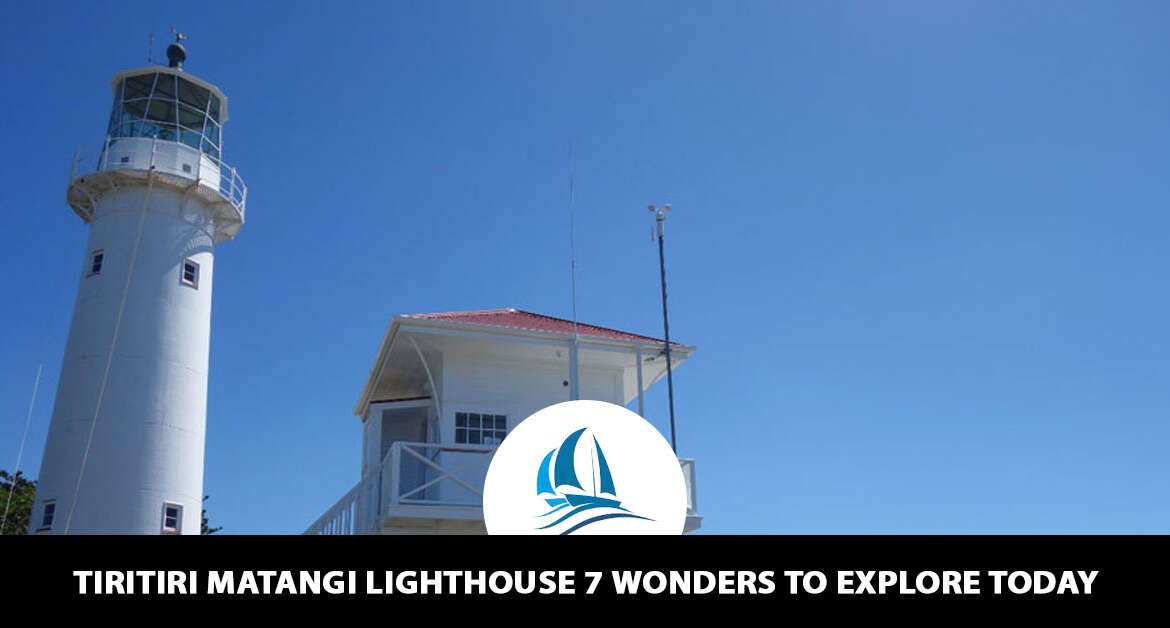
Leave a reply